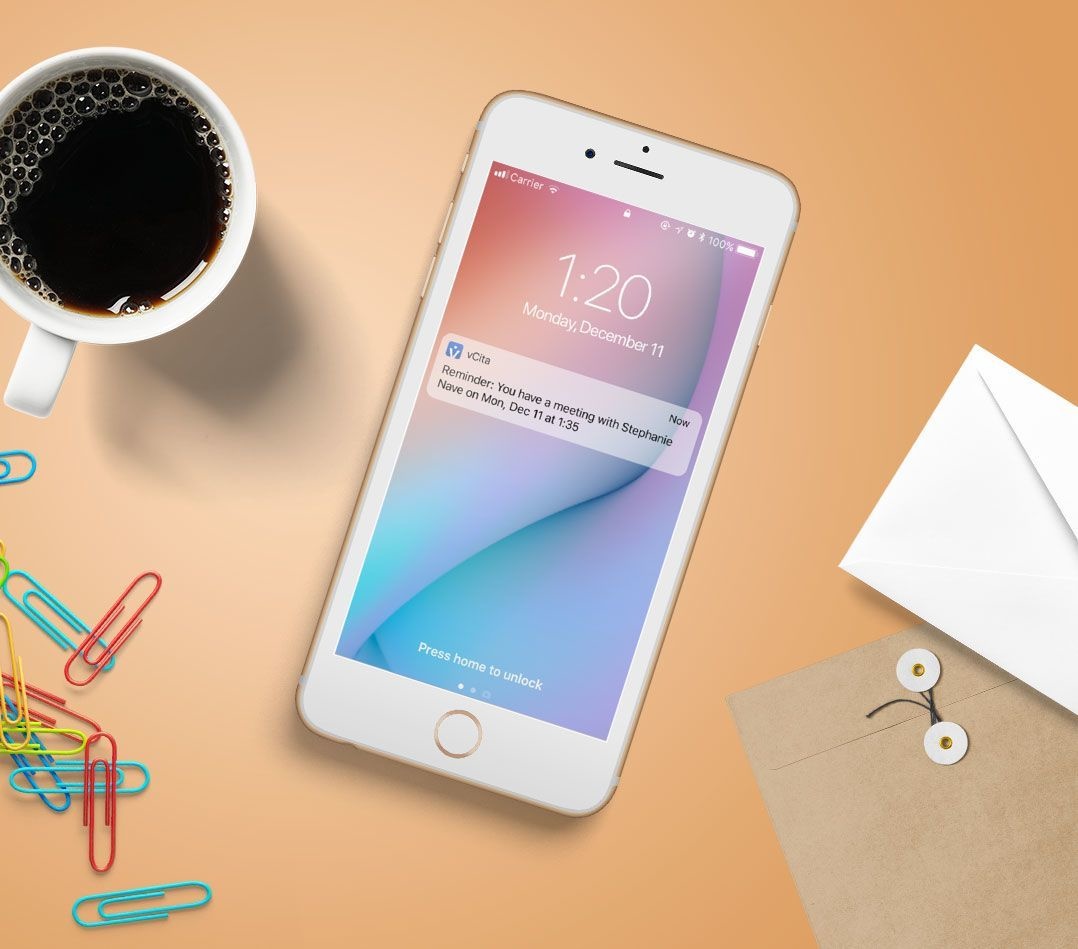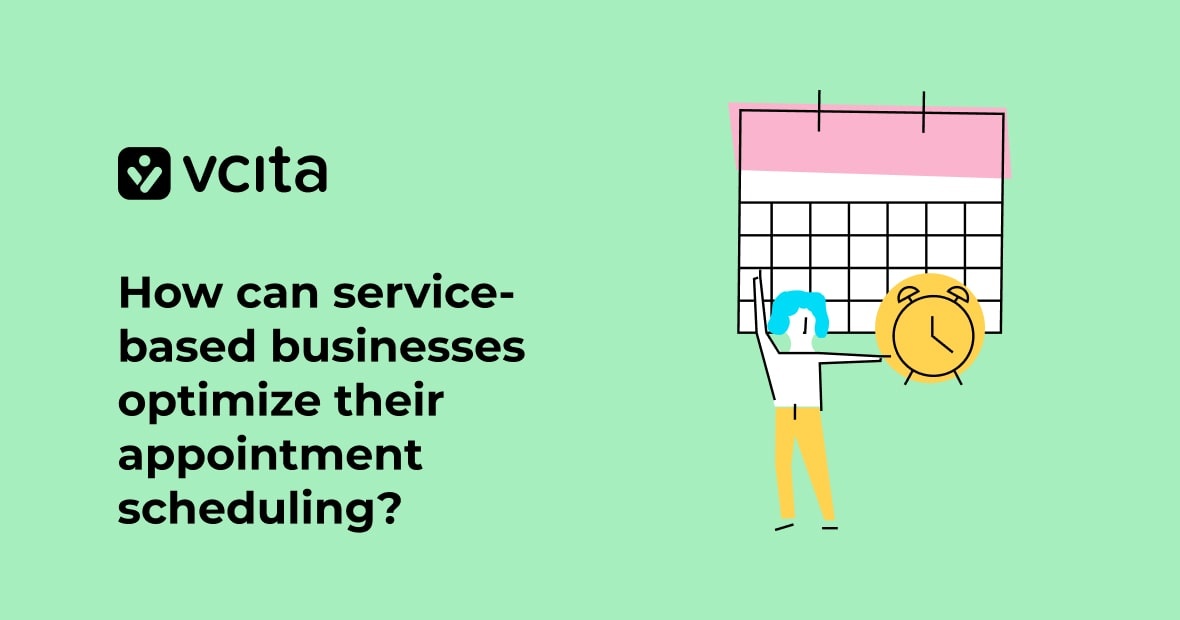Picture this scenario: You’ve booked a client for a complex spa treatment and you don’t want to keep them waiting. You prepare your treatments and the room in advance to make everything perfect for when your client arrives. But half an hour after their appointment is scheduled to start, you’re still waiting, and you realize: they aren’t going to show up at all.
In business, a certain percentage of appointment cancellations is to be expected—we all know that emergencies happen. But too many appointment cancellations or no-shows can cost you a lot of time and money, and prevent you from forming working relationships with other clients. Below are 10 creative strategies for preventing the no-shows and cancellations that are eating into your billable time:
- 📊 Do some research: Analyze cancellation patterns to identify trends.
- 🤝 Get to know your clients: Build personal connections to encourage respect for appointments.
- 📩 Send appointment reminders: Use various methods to remind clients of upcoming appointments.
- 📅 Use scheduling software: Automate reminders and make rescheduling easier.
- 📋 Have a waitlist: Offer earlier appointments to mitigate cancellations.
- 🚗 Partner with rideshare companies: Pay for client rides to ensure they can attend.
- 💻 Offer digital alternatives: Conduct virtual meetings for remote clients.
- 📜 Have a cancellation policy: Set consequences for late cancellations.
- 💰 Require a deposit: Collect non-refundable deposits to deter no-shows.
- 🌟 Give them an experience worth looking forward to: Create anticipation and exceed expectations.
- 📆 Prepare for downtime: Plan productive activities during canceled appointments.
1. Do some research
If you have a lot of clients canceling or not showing up at all, start keeping track of who cancels and when. You may find that people are canceling appointments more often with a particular service provider, or at a certain time of day, or that some clients cancel more than others. Is it new clients that cancel the most, or returning clients? If you notice a trend, you’ll be able to use a more targeted approach to solving the problem. This might mean talking to one of your service providers, adjusting your business hours, or anticipating that certain clients might be less likely to show up.
2. Get to know your clients
Clients who feel more personally connected to their service providers will tend to be more respectful about canceling appointments. It’s easy to cancel last minute or blow someone off entirely if you don’t know them that well; it’s a lot harder once you’ve established a rapport. Take some time to get to know your clients, and make sure to keep notes so you can ask them for updates on their life the next time you see them. Client relationship management is an important strategy for retaining clients, meaning a good CRM strategy will result in a good turnout rate for scheduled appointments.
3. Send appointment reminders
Whether you send appointment reminders by email, text, or over voicemail, it’s important to remind your clients about their upcoming appointment. It’s easy to get busy and forget an appointment, and appointment reminders are one of the simplest strategies you can employ to make sure your clients show up. Take a look at some of the pros and cons of each method of getting in touch before you decide which ones are right for you. Also take some time to decide when you’d like to send them; if you have a cancellation policy, for example, you may want to send appointment reminders early enough to prevent you from having to enforce it.
4. Use scheduling software
Sending out reminders manually can be a lot of hassle, and it’s easy to forget to send them at all. Scheduling software like vcita can not only schedule automatic appointment reminders via SMS or email, but eliminates the hassle of manual booking. This means your appointment confirmations and reminders will come at consistent and regular intervals, so returning clients will know exactly when to expect them. Scheduling software also makes it easier for clients to reschedule and cancel appointments they can’t make it to. While it might seem counterintuitive to make your appointments easier to cancel, it’s better for your budget to know your time isn’t booked than to wait for someone who’s not going to show up.
5. Have a waitlist
You may have some clients who want to see you more urgently than the times you currently have available—for example, if you’re a counselor, you may have clients itching to talk to you about a big life decision. If you’re fully booked for a while, try asking your clients if they’d like to be notified of any earlier appointments that become available. That way, you can mitigate the effects of canceled appointments by offering the free time slot to someone else. If you’re thinking about starting a wait list, take some time to do a little research on how to manage it. It will mean a little extra work, but it can go a long way in filling the gaps created by cancellations.
6. Partner with rideshare companies
Depending on the demographic of your clients, you may have some appointments with clients who depend on a ride to get to and from your office. You might also consider this one if you’re in a location that’s difficult to get to by transit. Companies like Uber and Lyft have business account options that make it easy to pay for your clients’ rides, so they don’t have to worry about how they’ll be getting to and from their appointments. Someone who depends on a ride is depending on another person not to cancel on them; paying for their ride saves you the risk of depending on that extra variable too.
7. Offer digital alternatives to in-person meetings
Recent events have made it more difficult to meet face-to-face. If you’re a service provider like a life coach, counselor, or even a fitness instructor who can conduct virtual meetings, try offering them as an alternative to meeting in person. Not only do online conferencing solutions help your current clients continue to do business with you, but they also broaden your pool of potential clients to people outside of your local community. Add a link to a zoom or Google Hangouts meeting in your appointment confirmations and reminders, so clients who can’t meet with you in person can still make their appointment.
8. Have a cancellation policy
Having consequences for canceling late or not showing up will make sure your time slot isn’t someone’s backup plan. If you have no idea what type of cancellation policy to put into place, take a look at what similar businesses in your area are doing. Hair salon cancellation policies, for example, might include a “three strikes” rule, or a lateness policy so you can reschedule clients who arrive too late for you to complete their haircut in time. Therapists often charge the full fee when clients cancel less than 24 hours ahead of time. Make sure you know what the law is in your area, since some countries (the UK, for example) regulate what types of cancellation fees you can legally implement. Make sure you spell out your cancellation policy clearly, either on your website or in person, before the client books their appointment.
9. Require a deposit
Another option is to require up-front payment or a deposit. While it can be hard to collect cancellation fees after the fact, deposits are easier from a customer service perspective. Make sure your clients understand that the deposit is non-refundable. Again, it may make some clients more hesitant to book, but it depends on the norms for your industry—generally, it makes sense if you have to buy supplies or do preliminary work before the appointment. Construction contractors, for example, will often require deposits for home renovation work, especially if it’s a larger project. But even some restaurants and salons are now requiring deposits in the hopes of deterring customers from making reservations they don’t intend to keep.
10. Give them an experience worth looking forward to
Although it seems like a no-brainer, keep in mind that the customer experience starts before they walk through your door. Showcase what you have to offer with a well-designed, user-friendly experience on your website, and they’ll look forward to great in-person service from you. Clients who are excited about their appointment will be more likely not to forget it. Send a confirmation email that will keep them eager to see you by including details (or videos, animations, or pictures) about what they’re booked for. If you follow through and give them the great service they’re anticipating, they’ll be back again and again—and they won’t flake on you.
Appointment cancellations and no-shows are a drag, but once you’ve done all you can to mitigate their frequency, it’s important to be prepared for them. Keep a list of productive things you can do when you have downtime from a canceled appointment. Not only will it help you make the most of your time, it will also help you distract yourself from any frustration you might feel and keep smiling for your next client.
Whatever the reason for the no-shows, it’s up to you to decide what strategy suits your business model and clients. Giving clients a great customer experience as well as a hassle-free way to book and cancel are two of the most fundamental ways you can reduce cancellations and no-shows. Get curious about why your clients aren’t following through on their appointments, and remember that behind every reason for a cancellation lies a solution!




























